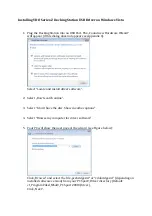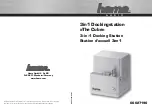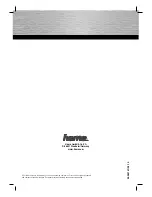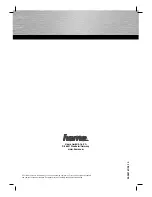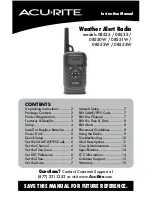
Installation Manual _________________________________________________________________
46 __________________________________________________________________ M210485EN-B
0008-003
Figure 33
Recommended Location of the PWD11A
2.
The site should be free of obstacles and reflective surfaces
disturbing the optical measurement as well as obvious sources of
contamination. It is recommended that there are no obstacles in
the line-of-sight of the transmitter and receiver units, see Figure
33 above. If the transmitter beam is reflected from obstacles
back to the receiver unit the sensor will indicate too low MOR
values, because the reflected signal can not be distinguished
from real scatter signal. Reflections can be detected by rotating
the sensor cross arm. Any reflections will change depending on
the cross arm orientation and the visibility reading will change
accordingly.
3.
The receiver and transmitter optics should not point towards
powerful light sources. It is recommended that the receiver will
point north in the northern hemisphere, and south in the southern
hemisphere. The receiver circuit may become saturated in bright
light, in which case the built-in diagnostics will indicate a
warning. Bright daylight will also increase the noise level in the
receiver.
4.
The transmitter and receiver should face away from any obvious
source of contamination such as spray from passing vehicles.
Dirty lenses will cause the sensor to report too high visibility
values. The sensor automatically detects excessive
contamination.
5.
Although PWD11A is designed to withstand harsh weather
conditions, there are locations where the environment places
further demands on installation. Arctic and comparable
environments may cause high snow and ice accumulation
requiring additional heating. In this case, consult Vaisala or its
authorized representative.































